#rupert cadell
Explore tagged Tumblr posts
Text
Rope (1948) - The Bollywood Cut
#rope 1948#memes#video#edits#phillip morgan#farley granger#brandon shaw#john dall#rupert cadell#james stewart
151 notes
·
View notes
Text
UNCLE CHARLIE????
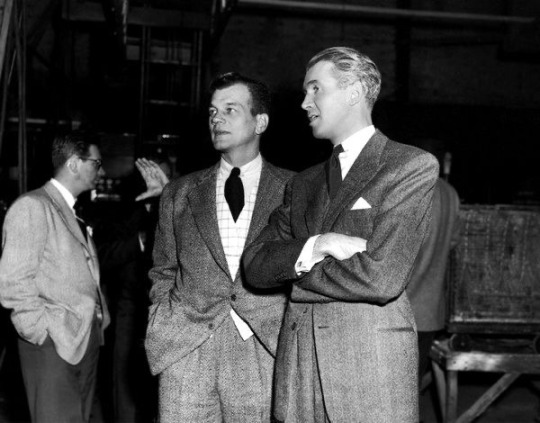
#he’s visiting the rope set and I’m#losing my mind#watched these both in a weekend and still rotating them in my mind#rope 1948#shadow of a doubt#shadow of a doubt 1943#Joesph Cotten#uncle Charlie#Charlie Oakley#james stewart#Rupert cadell#alfred hitchcock
53 notes
·
View notes
Text
Brandon: Admires Rupert, believes he is one of the few truly superior beings, and that he would approve of Brandon and Phillip committing murder.
Rupert, meanwhile:


38 notes
·
View notes
Text
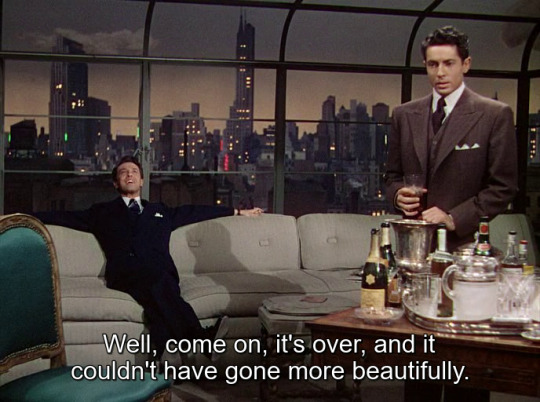

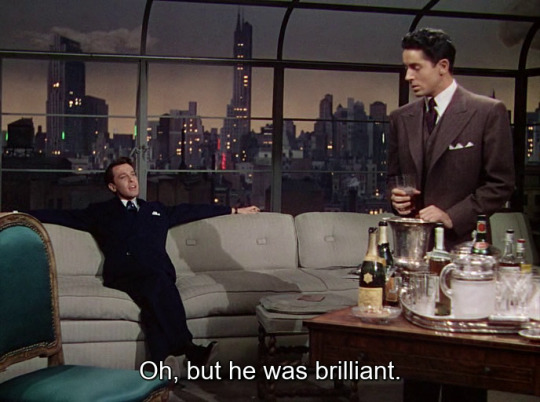
Not Brandon immediately jumping on defencing his little crush
#i'm doing an assingment for my uni which *just so happens* to involve rewatching a lot of moments from rope#(“just so happens” = i really really asked my tutor to let me pick this movie)#so that's the reason for a bit more rope posting lately...... lol#the assingment is recreating the flat btw and if it turns out good enough i'm going to share it here <3 ahah#rope 1948#brandon shaw#phillip morgan#rupert cadell
68 notes
·
View notes
Text
kind of really down bad for the dilf from rope 1948 right now
15 notes
·
View notes
Text
you know I approve 😉

I re watched Rope & couldn't help but see some similarities.
Om is definitely Phillip. Just a big ball of anxiety
Seb couldn't be more Brandon if he tried.
And we're just Rupert watching the whole thing go down.
Obviously not exactly the same but still it's hilarious 😆
19 notes
·
View notes
Text
Idea Muppet version of Alfred Hitchcocks Rope
Now the obvious casting is Rizzo and Gonzo as the killers Phillip and Brandon


Kermit as Rupert Cadell(And partially cause he fits the character but also cause Kermit screaming "Your gonna die !!!" while waving a gun sounds friggin funny )


Pepe as Kenneth
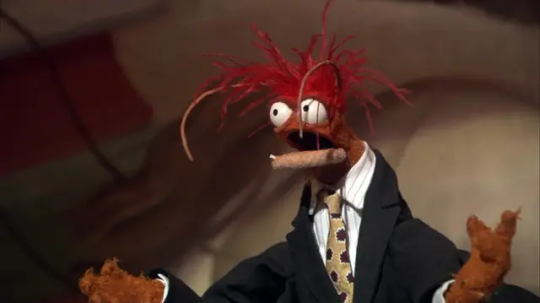
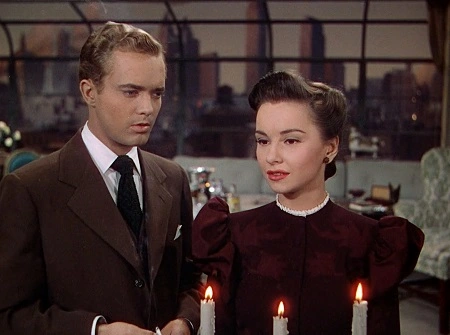
Janice as Janet


Sam as Mr. Henry Kentley


Miss Piggy as Mrs. Anita Atwater


Hilda as Mrs Wilson
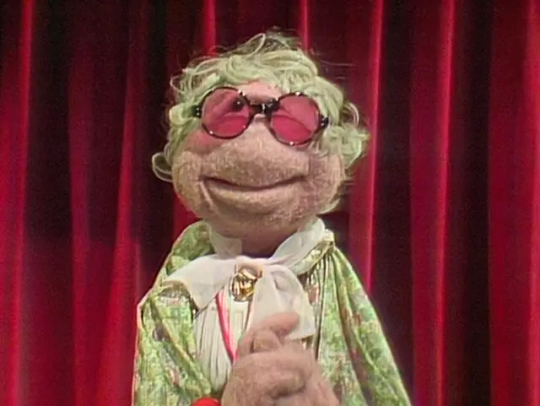

And Fozzie as David the murder victim
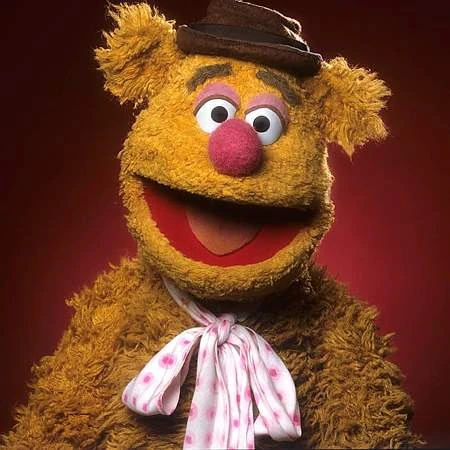

@ariel-seagull-wings @the-blue-fairie @filmcityworld1 @themousefromfantasyland @princesssarisa @theancientvaleofsoulmaking @amalthea9 @greektragedydaddy @angelixgutz @marquisedemasque
11 notes
·
View notes
Text
My brain working overtime, rattling in my skull, pulsing from grey to a violent pink and shooting steam out my ears with the sound of a train derailing:
Me, squinting hard through my red eye: R-Rupert Cadell has Principal Skinner vibes.
5 notes
·
View notes
Text
I appreciate Phillip being stressed out of his ever loving mind - absolutely chewing glass.
Earnestly was waiting for this man to either lunge at either of them, or more likely
“Motherfucker!” He just flips open the chest himself being unable to take it anymore. “There! There! Look” etc - man was having a tell tale heart attack the whole time - he was this close.
#he wouldn’t be allowed to curse but you get the point#rope 1948#phillip morgan#Rupert cadell#tell tale heart#suspense#thriller
32 notes
·
View notes
Text
Rope's End by Patrick Hamilton
directed by Camilo Verela
Cast List
Brandon Shaw ............................. James Farrow
Philip Morgan ............................... Alexander Vass
David Kentley ............................... Colin Hyland
Kenneth Lawrence ...................... Filippa Costa
Rupert Cadell ............................... Frederick Teasdale
Mrs. Wilson ................................... Wren Stirling
Janet Walker ................................. Meredith Dardenne
Henry Kentley .............................. Ned Walton*
Anita Atwater ............................... Gwendolyn Oswald
* I forced him to be here at crossbow-point. Colborne is in the audience peering suspiciously at the stage.
2 notes
·
View notes
Text
My fancast if they ever do a remake of Rope:
David Kentley - Will Poulter
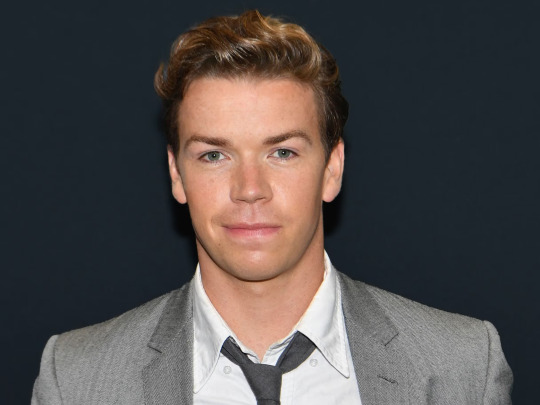
Mr. Kentley - Stanley Tucci
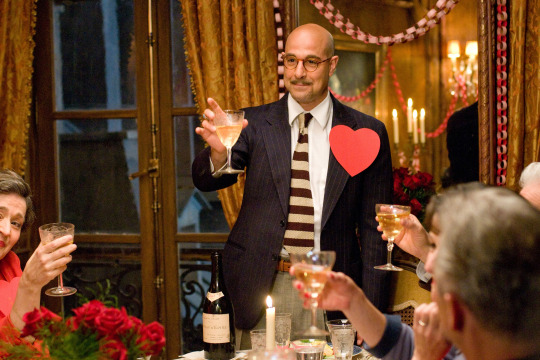
Mrs. Atwater - Miriam Margolyes
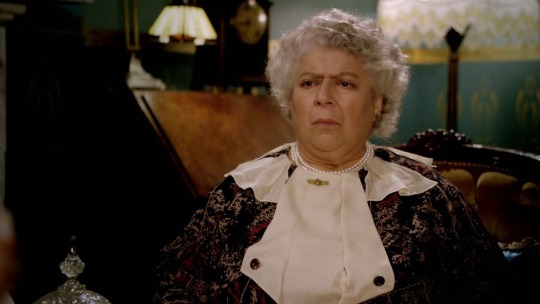
Kenneth - Bill Skarsgård

Mrs. Wilson - Sorcha Cusack
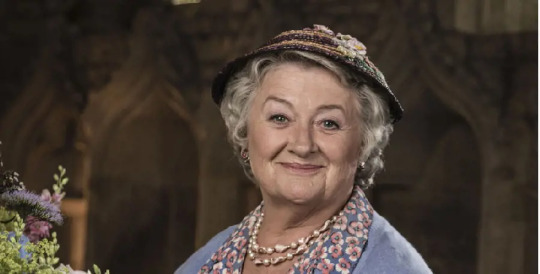
Janet - Anya Taylor-Joy
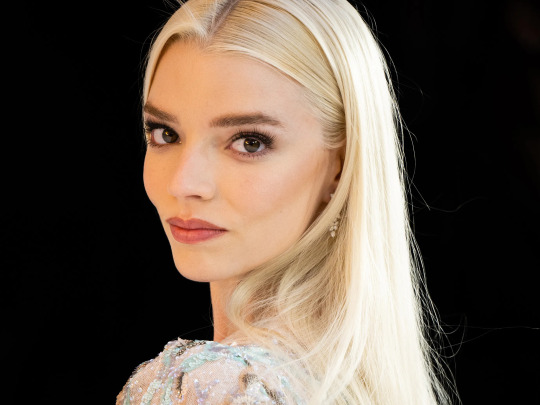
Rupert Cadell - Rupert Everett
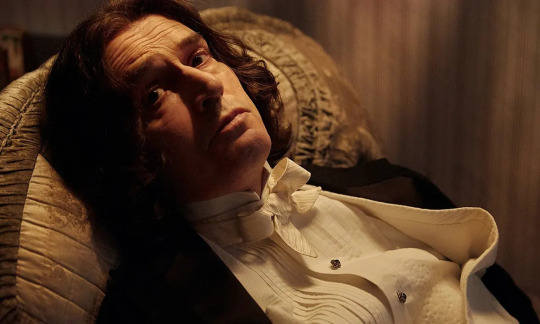
Phillip - Jonathan Groff
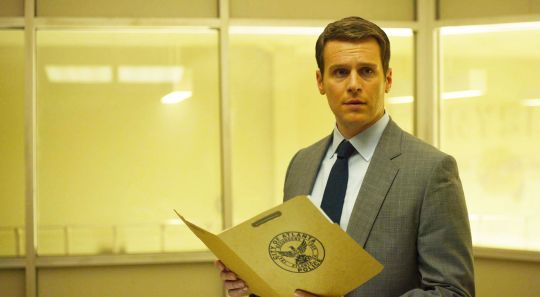
Brandon - Sam Reid

#rope 1948#alfred hitchcock's rope#sam reid#jonathan groff#rupert everett#miriam margolyes#sorcha cusack#stanley tucci#anya taylor joy#bill skargard#will poulter
5 notes
·
View notes
Text
Rupert Cadell wasn’t straight, he just had Studentfucker’s Remorse. (Jimmy Stewart however is so fucking straight that he subtracted homoerotic subtext like a potato soaks up salt.) Brandon and Philip will never divorce but Sidney and JJ have been in a state of nonstop acrimonious divorce since they met. Clear winner here.
88 notes
·
View notes
Photo








Brandon Shaw (unfortunately) excited about Rupert Cadell
#rope 1948#hitchcockedit#oldhollywoodedit#classicfilmedit#filmedit#brandon shaw#rupert cadell#john dall#jimmy stewart#mygifs#mystuff#myedit#i hate rupert but brandons smiles are so cute#even if his obsession derives from a bad place#: (#john dall died for my right to party#gdi
86 notes
·
View notes
Text
i prefer the secret ending to rope (1948) where phillip just straight up shot rupert
#honestly i think it was deserved and also it was justified#also fuck rupert cadell i hate him#phillip morgan#rope 1948#i pretend that it happened bc it’s a better ending#bee speaks
91 notes
·
View notes
Text




“No he didn’t. No he didn’t Phillip. And if you'll think back very carefully you'll realize I know he didn’t...”
Rope (1948) dir. Alfred Hitchcock
#who knew chicken strangling could be so controversial#one of those gifsets that you gotta have watched the movie to understand the context#just wanted to make this bc I love that little 'thanks' Phillip says#I love Phillip giving sass to people#especially rupert#fuck rupert cadell#farley granger#Phillip morgan#rope 1948#rupert cadell#jimmy stewart#Alfred hitchcock#hitchcock#classic films#vintage films#old hollywood#vintage Hollywood#1940s#1950s
92 notes
·
View notes